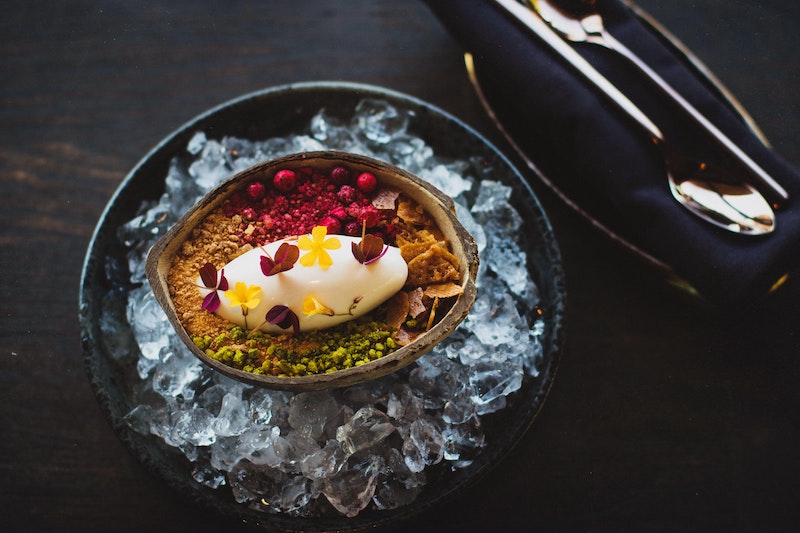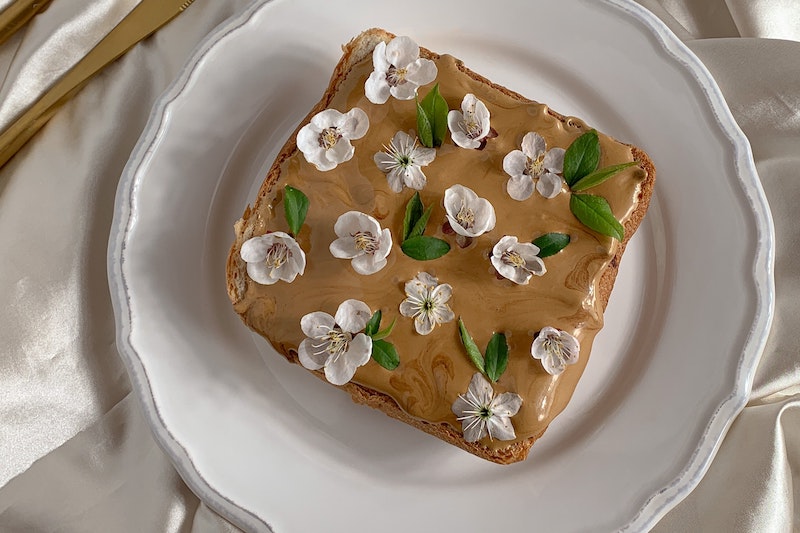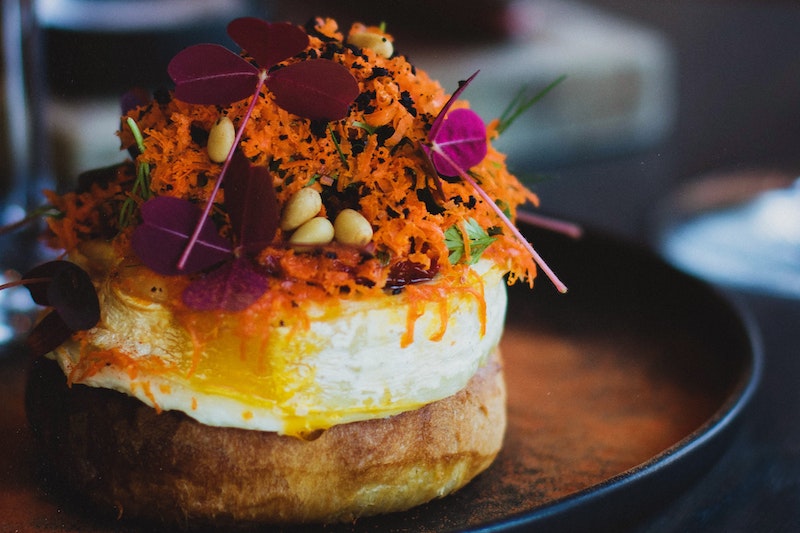Edible Flowers to Enhance Your Dishes
For a long time, flowers have been appreciated for their beauty and enchanting fragrance. But did you know that they can also be eaten? Edible flowers are a flourishing trend in the culinary world, not only adding a visual touch to your dishes but also unique and subtle flavors.
Whether you're a passionate chef or simply curious to explore new taste experiences, especially during a Valentine's Day meal, edible flowers offer an infinite variety of options to elevate your cooking to a higher level. Whether to enhance a salad, garnish a dessert, or infuse a beverage, these colorful and delicate flowers are a true culinary treasure to explore.
In this article, we'll take you into the wonderful world of edible flowers. We'll introduce you to a selection of popular flowers, their taste properties, and culinary uses. You'll also discover practical tips for choosing, preparing, and seamlessly integrating them into your recipes.
So, get ready to awaken your senses and discover how flowers can not only brighten your garden but also surprisingly and deliciously bloom in your dishes. Let yourself be enchanted by this new taste adventure where colors, fragrances, and flavors blend harmoniously to create an unforgettable culinary experience.
Edible Flowers: an Explosion of Flavors
Edible flowers are true culinary gems. Not only do they add an aesthetic touch to your dishes, but they also offer an explosion of unique flavors. Here are some of the most popular edible flowers you can use in your kitchen:
Nasturtiums: these brightly colored flowers have a slightly peppery taste. They can be used in salads, soups, or even to garnish pasta dishes.
Lavender: its delicate fragrance and floral notes enhance desserts, such as crème brûlée or cupcakes. You can also infuse lavender in milk to make a soothing drink.
Pansies: these small flowers offer a variety of colors and a slightly sweet flavor. They are perfect for garnishing salads, cocktails, or decorating your dishes.
Marigolds: with their slightly spicy taste, marigolds are perfect for adding a touch of zest to your dishes. They can be used in sauces, marinades, or even flavored butters.
Tips for Using Flowers in Your Recipes
Now that you know about some edible flowers, here are some tips for skillfully integrating them into your recipes:
Use flowers as garnish: add colorful petals on top of your dishes for visually appealing presentation. Whether on a salad, dessert, or main course, flowers will bring a touch of refinement to your cuisine.
Infuse flowers into your preparations: to maximize the flavors of flowers, you can infuse them in liquids such as milk, olive oil, or even vinegar. This will release delicate aromas and add a subtle floral touch to your dishes.
Make syrups or jams: transform your flowers into delicious syrups or fragrant jams. Whether it's rose syrup, violet syrup, or elderflower jam, these sweet preparations will be a delightful surprise for your loved one's taste buds.


Inspiration for Flower-Based Recipes
Now that you know how to integrate flowers into your kitchen, here are some recipes to try:
Nasturtium Spring Salad: mix fresh lettuce leaves, cherry tomatoes, sliced radishes, and nasturtiums to create a colorful and crunchy salad. Drizzle with a light vinaigrette made with balsamic vinegar and lavender-infused olive oil.
Salmon Fillet with Pansies: steam a delicate salmon fillet and garnish it with fresh pansies. Serve it with lavender-infused mashed potatoes and a marigold butter sauce.
Rose Tartlets: prepare delicious rose tartlets using homemade shortcrust pastry and a light, fragrant rose cream. Decorate the tartlets with edible rose petals for a breathtaking presentation.
The Importance of Choosing Untreated Flowers
The use of untreated flowers in cooking is crucial to preserve food quality and safety. Flowers can absorb chemicals used in treatments, which can be harmful to health. When incorporating flowers into your culinary recipes, ensure that they come from reliable and environmentally friendly sources. Prefer organically grown flowers without the use of pesticides, herbicides, or other potentially harmful chemicals. You can also choose specifically cultivated edible flowers. By choosing untreated flowers, you guarantee the freshness, purity, and authentic flavor of these natural wonders.

Conclusion
Edible flowers offer much more than mere ornaments on your plate. Their presence adds an attractive visual dimension and a surprising palette of flavors to your dishes. From peppery nasturtiums to delicately fragrant lavenders, sweet pansies, and spicy marigolds, these flowers are true culinary gems.
Feel free to integrate them into your recipes using tricks such as garnishing, infusing, or transforming them into syrups and jams. However, be vigilant in choosing your flowers by opting for untreated varieties, cultivated organically. This will ensure not only your gustatory pleasure but also your health.
At Bouvard Fleurs, we understand the growing enthusiasm for edible flowers, and we are delighted to offer you the opportunity to incorporate them into your dishes. We can provide edible flowers on order, usually during the period from May to August when flowers are abundant and fresh. Beyond this period, it becomes more challenging to find untreated flowers. That's why we encourage you to consult with us as early as possible if you need edible flowers, so we can best meet your requests.


